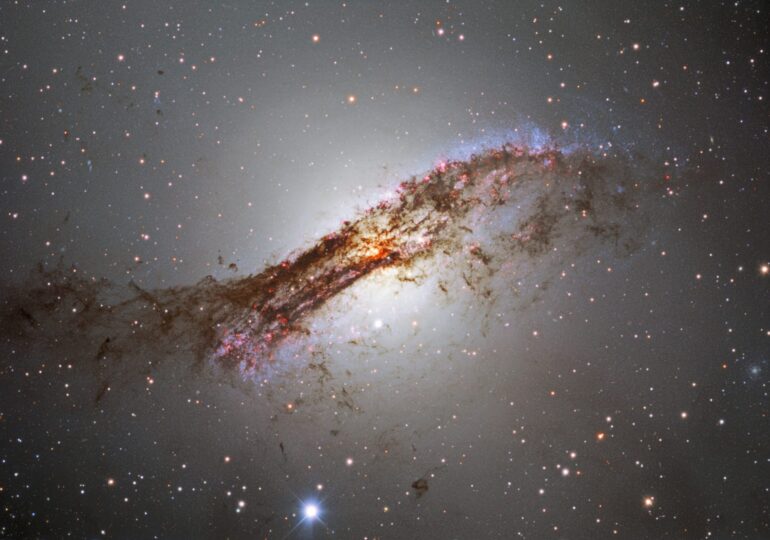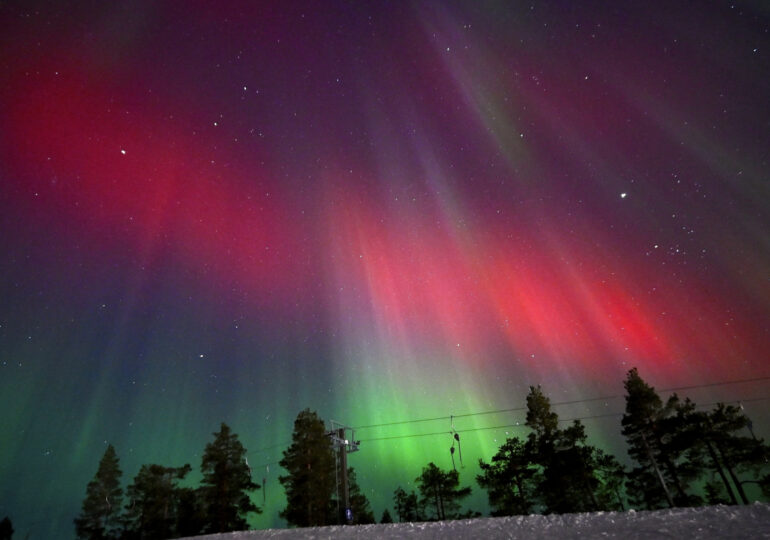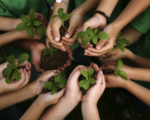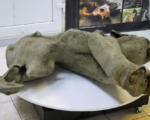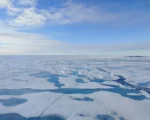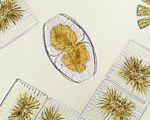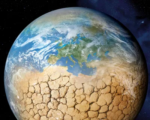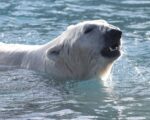Antarctica Turns Green: Vegetation Expanding at an Alarming Rate Due to Climate Change
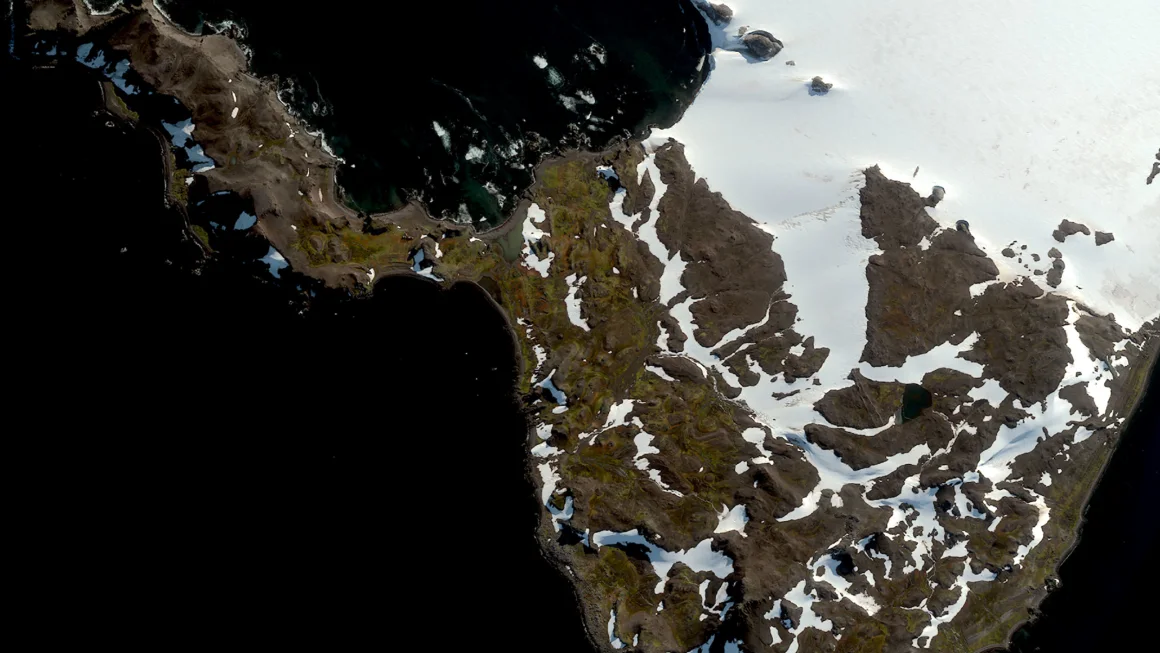
Recent research has revealed that parts of Antarctica are rapidly turning green as vegetation spreads across the Antarctic Peninsula, a region that has been warming much faster than the global average. Using satellite imagery, scientists from the Universities of Exeter and Hertfordshire and the British Antarctic Survey found that plant life, primarily mosses, has increased more than tenfold over the past four decades.
In 1986, vegetation covered less than 0.4 square miles, but by 2021, this area had expanded to almost 5 square miles. The greening rate has also accelerated by over 30% between 2016 and 2021. This phenomenon is being attributed to extreme heat events that have gripped Antarctica, with parts of the continent experiencing record-breaking temperature rises. In mid-July, temperatures soared 50 degrees Fahrenheit above normal, and in March 2022, some areas recorded an astounding 70-degree departure from average.
While the Antarctic Peninsula remains largely snow, ice, and rock, the growing green patches are a clear sign of anthropogenic climate change, according to Thomas Roland, a study co-author from the University of Exeter. The research highlights that even Antarctica, one of the most extreme and isolated environments on Earth, is not immune to the impacts of climate change, and these changes are visible from space.
The greening trend could have significant ecological consequences. Invasive species may find the new environment more hospitable, potentially disrupting the native wildlife. Plant life could also affect the region’s ability to reflect solar radiation, with darker surfaces absorbing more heat and possibly accelerating local warming. Scientists predict that as the fossil fuel-driven warming continues, the greening of Antarctica is likely to increase.
While the study focused primarily on larger moss fields, there are concerns that other types of vegetation, such as lichens, grasses, and algae, are also spreading. Matthew Davey, a polar plant expert, noted that the actual amount of vegetation may be even larger than detected. As glaciers continue to retreat, researchers plan to investigate how these plants colonize the newly exposed land.



